|
This is a great little park. We were only here for an overnight stay but it will be on our list of parks we will stop at should we return this way.
0 Comments
Today we visited Natchez, Mississippi and walked down the bluffs to the old port on the river. It was established in the late 1700's by the Spanish and was a major port for 200 years. For much of that time, it was for shipping cotton grown in the area and the importing of slaves until the end of the Civil war. At some point several bars and brothels were built. It was one of the most notorious areas on the Mississippi and called "Under the hill". At its prime hundreds of steamboats regularly traveled the Mississippi. Now they are almost exclusively cruise ships but a lot more expensive than the ones that travel the ocean. One of the events was in 1827 when Jim Bowie participated in a duel. Both missed but in the bar fight that followed two men were killed and four wounded. Bowie was stabbed and shot twice in the fight and managed to kill one and injured another with his knife later known as a Bowie. We had a great lunch at a The Camp restaurant and watched the barges being moved up and down river. There were also two paddle wheelers docked there waiting for their passengers to come back from touring the city above. Before we left one pulled out and headed down river. We visited the Frogmore Plantation near Vidalia, Lousianna. It was a great tour. The tour was guided and included both the early buildings all the way to the current cotton gin. The site includes original pre-civil war buildings like the slaves living quarters, kitchen, and church. It had the original steam powered cotton gin. We learned how to pick cotton boles from the plant, then pick out the seeds from the cotton. We ended the tour by driving through the modern cotton gin building that is still working today.
We decided to visit a couple of museums before we move from Vicksburg. First we stopped off at the Lower Mississippi River Museum which is run by the Corps of Engineers. The M/V Mississippi IV is on site and almost the entire ship is available to be toured. From the Pilot house to the engine room, we were able to visit the entire ship. The IV did two jobs. First, it was both used to move large equipment. This was one of 5 ships used for this purpose. This was the first of those type of ships that was not a paddle wheeler. Second, the ship was used for official public meetings of the Mississippi Regulatory Commission. The ship moved up and down the river to bring the commissioners to the local communities for their input. This ship retired after 30 years of service and was replaced with a new more modern ship. The office for the commissioners was frozen in time in the mid 80's. This was a $1800 computer in its day. The museum is about the work the Corps does to control, as much as is possible, the Mississippi river. Many of the exhibits were interactive.
After that, we moved just down the road to the Depot Museum. Along with several extensive model railroad displays the had a huge number of incredibly accurate ship models. Most were from the civil war era but a few were modern. What we found fascinating was the docurama of the battle of Vicksburg. In 1/2 inch scale men, equipment, and the battle site itself. Really incredible detail work was done to create the display.
Today we visited the Vicksburg Battleground. This was one of the most important battles of the Civil War. There were so many ways that the outcome could have been completely different. The first, and most important, would have been if the Union armament and supply ships had been blocked at Vicksburg. This would have left Grant's troops with limited supplies and armament that were critical to the battle.
Every turn of the road, there are informative signs describing the events during the battle.
Every state that participated has a monument. Every divisions location in the battles is noted.
It is overwhelming to see the way the battles took place. The loss of life for limited advances. The charges that faced strong defences supported by solid lines of rifles and cannon. Standing at the line on each side and looking at the other caused me to think "How could anyone think the city would fall?". If Vicksburg had more stored supplies. If they had stopped Grant's supply ships passing on the Mississippi. If the Confederate army from Jackson MS had arrived earlier. There are so many ways this battle could have ended differently.
They have maintained the trenches and berms that were dug by troops during the war. Walking in the footsteps of the troops and looking to the opposing positions allowed us to see the battles from a soldier's view.
Near the end of the tour of the battlegrounds was the museum for the Cairo, an ironsides ship that was sunk by underwater mines during the war. Amazingly the entire crew was rescued.
Years later a very basic search technique was used to find the ship that had sunk in the Yahoo River. Because of the large amount of iron on board, the best method found to locate the ship was by use of a simple compass. Its reaction to the iron was what led the searchers to the ship's final resting place.
I took this picture to show just how thick the huge plates of iron were that covered the ship. Looking down the side, I could see where cannon balls had dented the plates.
This is a condensed commentary on the rest of our visit in Lake Village, Lake Chicot State Park, and Greenville.
Winterville Indian Mounds: This was really neat. The museum had many examples of objects recovered from the site. The mounds were used by the local tribe for ceremonies. The tallest is 55 feet tall.
The Greenville Cypress Preserve:
A local group maintains the 16 acres of land which has walkways through Cypress forests. The trails go over boardwalks in the swamp around the huge old cypress trees.
The Lakeport Plantation:
Nearby is the Lakeport Plantation which is operated by the Arkansas State University. They have done a great job of restoring the building.
It was a very informative private tour. After over an hour of answering our questions we were allowed to walk alone in the house. At its prime the plantation was over 3000 acres and had almost 100 slaves. The primary production was cotton and honey. During the Civil war an order was sent down to a river boat captain to shell the plantation. He sent word to the owner to move everyone into the main house and they shelled the fields. This was the only plantation home in Arkansas to survived the war intact.
The most notable person to have lived in the home was Richard M. Johnson, Vice President of the United States under Martin Van Buren.
We were impressed by this bridge every time we crossed.
Near by is the town of Leland. This is where Jim Henson lived until he was 12. The influence the area had on him was obvious at least in the development of the Muppets. It is a small exhibit but we had a lot of fun looking at what they had there and speaking with the very knowledgeable manager.
We moved to the state park today. Above is our view of the lake from the RV. Wow! It is quiet. It is a huge change from the commercial park. We are backed up to the lake with big old cypress along the bank. The only problem is that along the bank the last few feet is thick with poison ivy. Still a really nice view. We have a small dock a short walk down from our site. We may get our fishing licenses tomorrow and try our luck from there. Above our site are big pecan trees. They have really small paper shell pecans that are dropping all the time. We collected more than a gallon in just a few minutes. We ended the day by watching the sunset. The lake was created 200 years ago when an earthquake shifted the path of the Mississippi leaving this body of water as a lake.
We are at Lake Village, AR. First we stopped at a small commercial RV park just outside of town but the traffic noise from the highway was annoying. We will be moving to the state park on the other end of Lake Chicot for the rest of the week. The lake was formed from a horseshoe bend of the Mississippi that was blocked off when the river changed course. The lake is almost 1/2 mile across and over 16 miles from one end to the other. The people here have a sense of humor. They built their welcome center that looks like a river boat and then surround it by water. We drove over to a county park on the Mississippi. Pretty views of the river. On a drive around the area we came upon this historical marker. Neat! I never heard this before. Guess this is the claim to fame for the area. We started out today in Texas and now we are halfway across Arkansas. For us this is very quick.
We discovered that Texarkana was a good place to stop to shop but there was not much more to see. What I have discovered is that almost everything interesting to visit in Arkansas is in the North half of the state. Tomorrow we will be driving the rest of the way across the state to the Mississippi river where we will stay for a few days. Someone has a sense of humor. The sign below is in front of a wine and liquor store. "Back to School Supplies for Teachers Sold here" The store is on the road near a High School. |
AuthorWe are a couple who have started on a new adventure... Archives
February 2024
Categories |
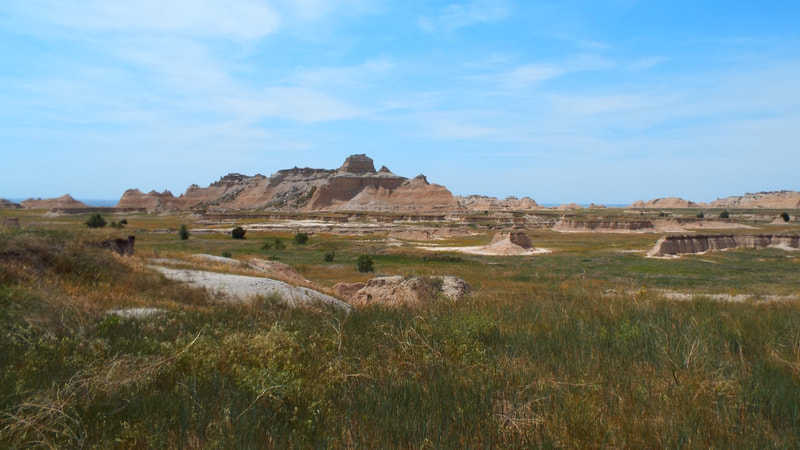
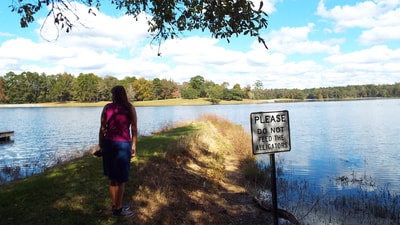




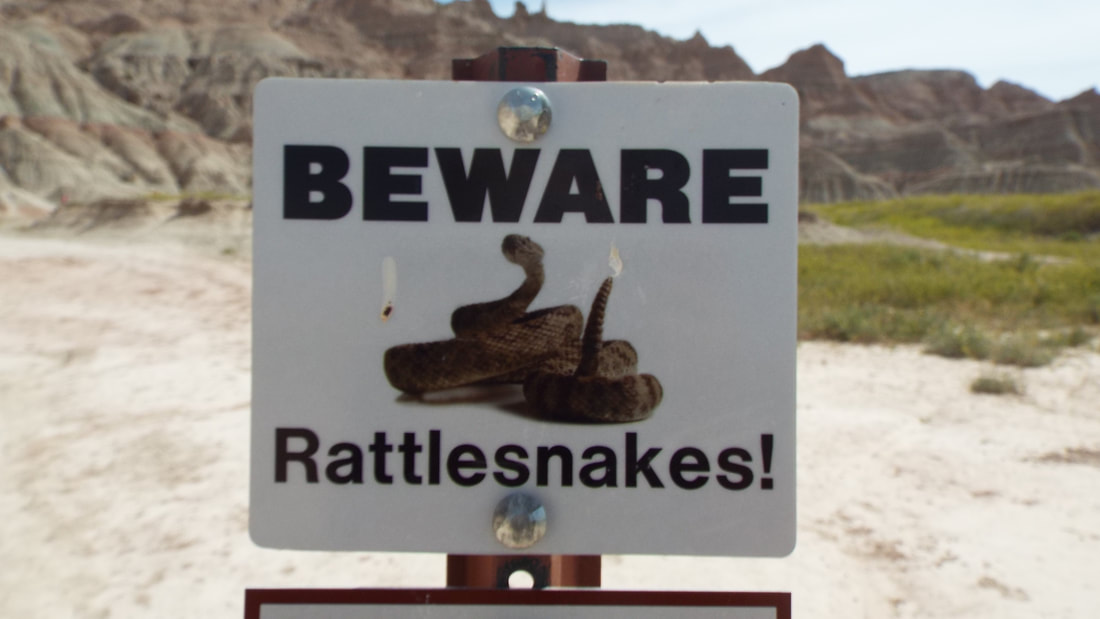


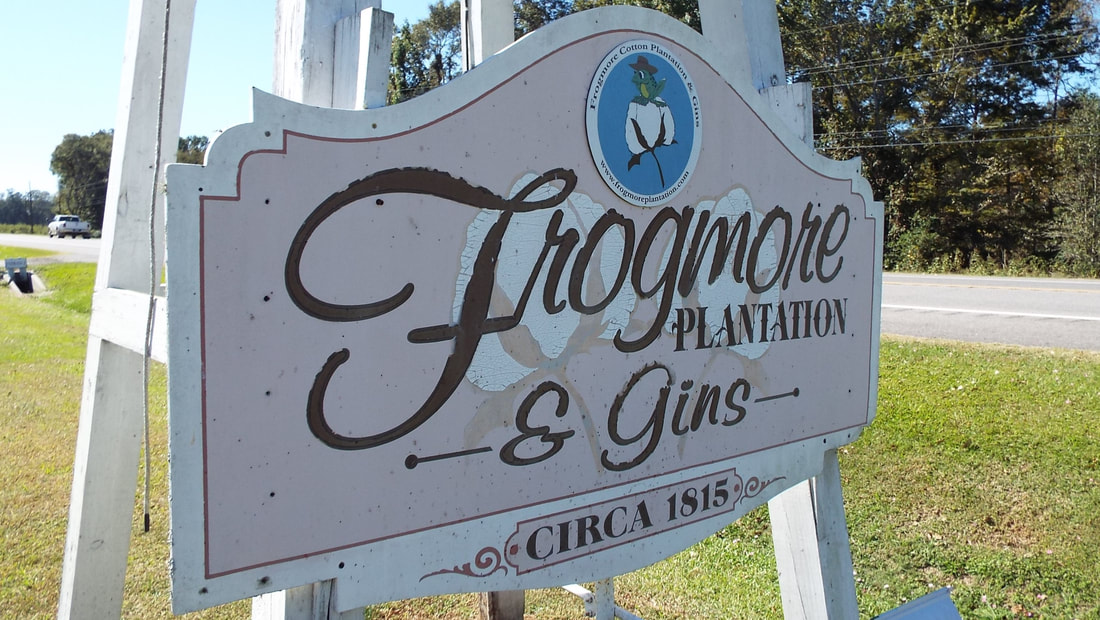

















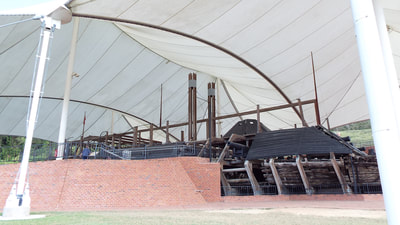


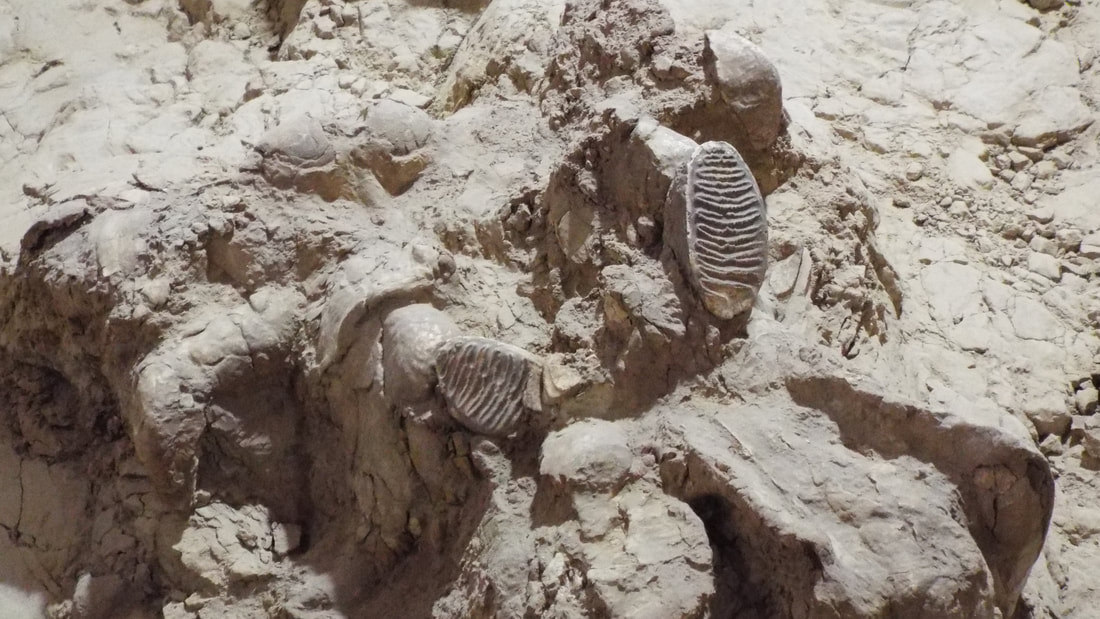










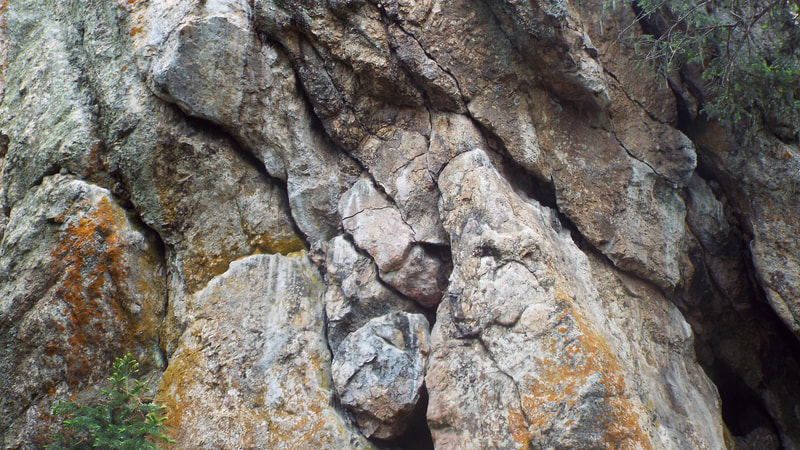














 RSS Feed
RSS Feed